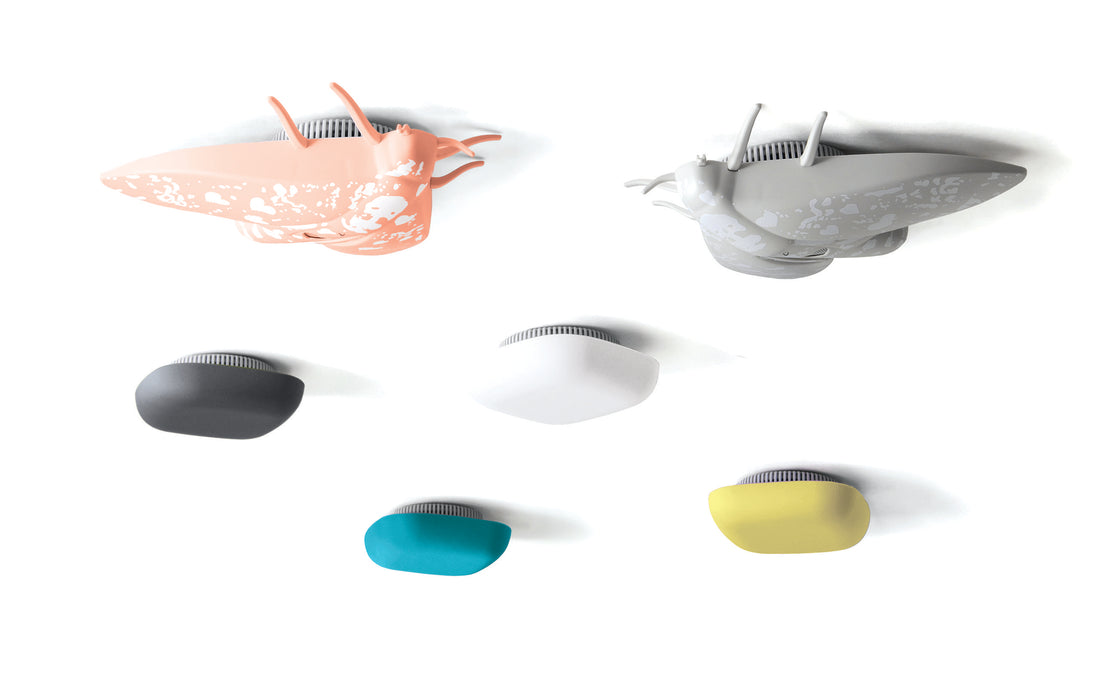What kind of smoke alarm should you buy? Due to smoke detectors becoming mandatory in the Netherlands in 2022, there is many things you should take into consideration. Good news is that if you read our post about the basics you will need to know before the amendment, you are already off to a great start! There is a lot that goes into choosing the right alarm system — after all, doing your background work well will improve the safety of your home and family in the future. Here is what we recommend you consider when buying a smoke alarm:
Optical or ionization smoke alarms?
Optical (aka photoelectric) and ionization smoke detectors are the most recognized technologies used in smoke alarms. They use different mechanisms to detect smoke and are therefore suitable for several types of spaces.
Optical detection is the most modern technology used in smoke alarms. Optical smoke alarms contain an infra-red LED which pulses a beam of light into the sensor chamber to check for smoke particles every few seconds. These smoke alarms are quick to detect slow smoldering fires that produce a lot of smoke, for example electric fires. They are therefore suitable for spaces such as bedrooms and living rooms. They can also be placed near kitchens since they are less likely to sound false alarms from cooking fumes than ionization smoke alarms. All Jalo Helsinki smoke alarms use optical detection.
Ionization smoke detectors ionize the air between two positively and negatively charged electrodes. When smoke particles enter the chamber, the current they create gets interrupted and the alarm sounds. Ionization alarms are designed to react quickly to fast flaming fires that produce less smoke, therefore suited for spaces with a lot of rapidly and cleanly burning materials such as paper or clothing. Ionization alarms react to cooking fumes easily and are prone to sounding false alarms if placed near the kitchen.
For more particular situations you might want to look for heat alarms and carbon monoxide alarms. These types of specialized alarms could be used in addition to standard smoke alarms — but not as their substitutes.
Battery life
Whereas new houses often have mains powered smoke detectors, most homes still need alarms that use batteries. Unless placed in a space where it’s prone to frequent false alarms, the battery usage of a smoke detector shouldn’t be too high, but it is recommended to test your alarm’s battery each month and change it annually. There are smoke detectors that come with a 10-year battery, saving you from having to routinely change it every year. Both Jalo Helsinki Kupu 10 and Lento 10 come with a 10-year mounted Lithium battery that lasts the entire life of the smoke alarm.
European standards
In the European Union EN14604 Smoke Alarm Devices is the mandatory standard for products delivered and installed in any EU country. For example, all smoke detectors within EN14604 standard must have a coverage of 60 square meters. So, it matters where you purchase your smoke alarms from! All Jalo Helsinki smoke alarms are tested and certified in EU.
Additional features
Technology surrounding fire safety has evolved a lot in the past decades. Some additional features you might want to look into when purchasing your smoke alarms are:
- Interconnectability: This might be useful if you have a large house. When one alarm goes off, all the alarms connected to it are also activated.
- Smart alarms: In addition to sounding a regular alarm, a smart smoke alarm also alerts your smart phone when it detects smoke.
- Accessibility: There are smoke alarms with features for the hearing impaired. They typically use strobe lights, vibrating pads and extra loud sounds.
- Remote controlling: If your house has a high ceiling or your mobility is limited, using a remote control to test and hush your alarms might be useful.

